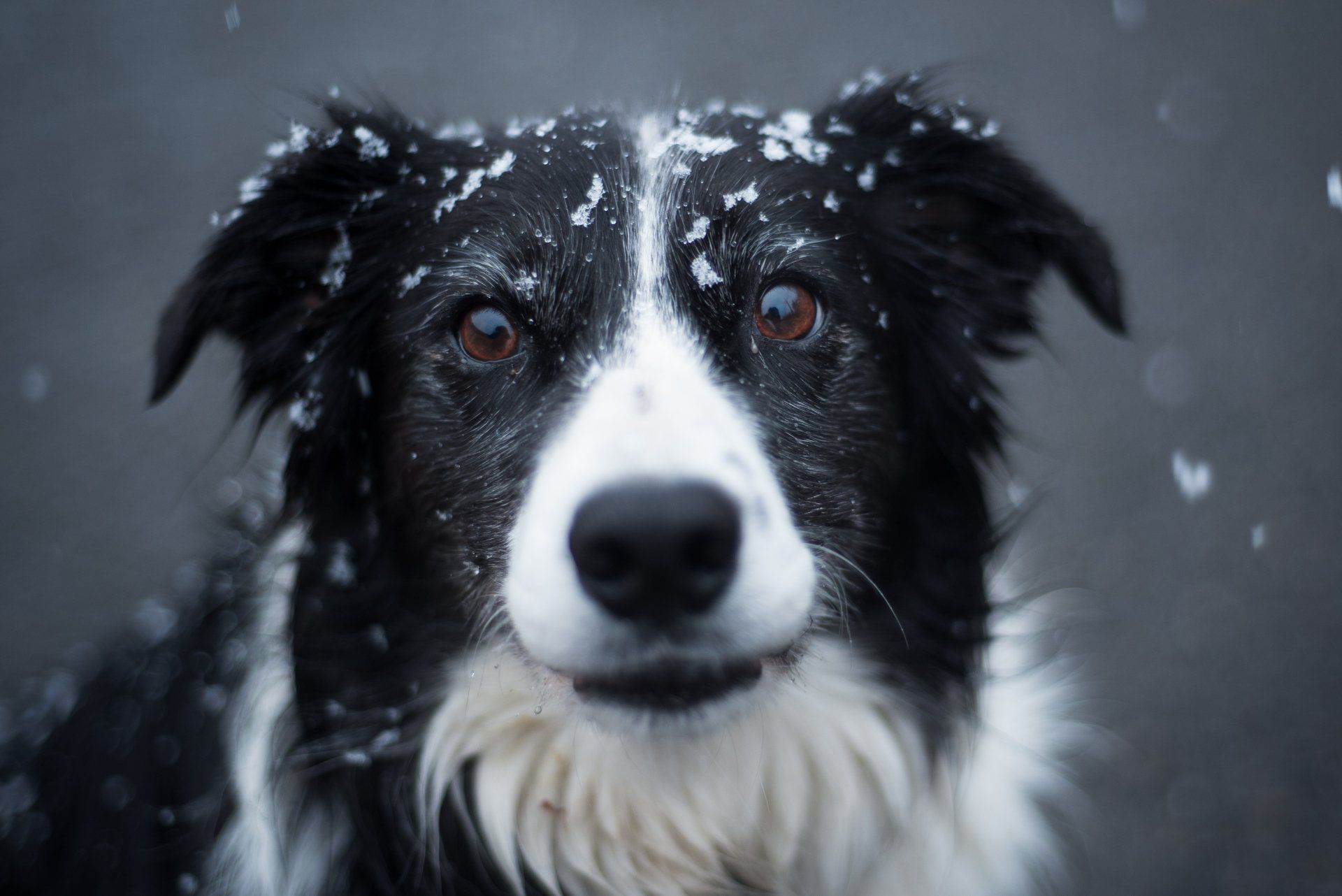Get in touch
555-555-5555
mymail@mailservice.com

Holiday Warnings for Pets
The winter holiday season is fun for everyone, humans and pets alike! To keep the festivities safe and enjoyable for all, we’ve broken down a few of the more common pet dangers to watch out for and avoid.
1. Pancreatitis
Pancreatitis is the medical term for inflammation of the pancreas, which often results from eating fatty food. One of the main jobs of a normally functioning pancreas is to make digestive enzymes. If the pancreas is inflamed, the digestive enzymes leak out inappropriately and damage the pancreas and surrounding organs.
Signs of pancreatitis most commonly include vomiting, diarrhea, and belly pain. Testing for pancreatitis usually involves checking a blood test for canine pancreatic lipase immunoreactivity (cPLI) and imaging the pancreas with an ultrasound. Cases of pancreatitis can range from mild and manageable at home to severe that require multiple days of hospitalization. Some very severe cases can result in death.
Since acute cases of pancreatitis can be caused by eating fatty foods, resist the urge to let your pet lick the pan of turkey drippings. Or instead of giving them a piece of bacon during breakfast, opt for a pet-safe treat that you know won’t cause any issues. Even if pancreatitis does not result, fatty foods even in small quantities can cause stomach upset.
2. Food toxicities
In addition to fatty foods causing pancreatitis, there are other food concerns to keep in mind:
- Chocolate is probably the most well known toxic food for pets. The most toxic chocolate is the darkest and signs of toxicity include restlessness, vomiting, and tremors.
- When consumed in large quantities, onions and garlic cause damage to red blood cells, leading to a low red blood cell count (anemia).
- Grapes and raisins can cause acute kidney failure.
- Some nuts like macadamia nuts can cause weakness in addition to gastrointestinal upset and neurologic signs.
All of these toxicities should be brought to the attention of your veterinarian and may require hospitalization for proper management. Some severe cases may result in death. Make sure all food is kept in a secure place not accessible by pets or children.

3. Foreign bodies and injuries
During the holidays, there are all sorts of unusual, eye-catching decorations out on display. Our pets see these trinkets as perfect playthings - shiny, reflective, and often hanging or dangling. Even though objects like tinsel, ribbons, ornaments, and lights do not taste especially good, pets have been known to eat them. It’s easy for objects to get stuck in the gastrointestinal tract, which may require surgical removal. For example, a ribbon causes an accordion-like effect in the intestines. Or a ball-shaped ornament gets stuck in the outflow tract of the stomach. Both of these situations may require surgery and can be fatal if not treated. Vomiting, lethargy, a decreased appetite, and belly pain are some common signs.
Some decorations can cause damage even if not consumed. For example, glass ornaments may be batted from a hanging spot and shatter, causing cuts. Electrical cords powering lights can cause burns, electrocution, or serious pneumonia if chewed on. Flickering flames from a candle could cause burns or a house fire if knocked over.
Making sure access to electrical cords and enticing decorations is limited will help prevent injuries and ingestion of objects that may require hospitalization or surgery.
4. Toxic and hazardous plants
Pine needles from Christmas trees are not toxic, though they can cause mouth pain or vomiting if ingested. Make sure to keep the tree water fresh and avoid toxic additives in the water since pets may drink it. Ensure your tree is secure in its stand so it doesn’t fall over when a curious cat tries to climb it. Remember all of the above mentioned decorative dangers that can be associated with Christmas trees - ribbons, glass, tinsel, and lights. Sometimes keeping the tree in an enclosure to prevent pet access is helpful.
There are other indoor winter plants to be aware of when eaten:
- Amaryllis plants can cause gastrointestinal upset, low blood pressure, and liver damage. The bulb is the most toxic part of the plant.
- Mistletoe can cause gastrointestinal upset and, less commonly, cardiovascular issues.
- Holly causes gastrointestinal upset.
- Lilies (true lilies and daylilies) cause fatal kidney failure in cats, even if only a small portion of the plant is eaten.
- Poinsettias can cause mouth irritation and mild gastrointestinal upset.
After listing all the possible sources of illness and injury for our pets during the holidays, it can feel like maneuvering without an issue is impossible. However, keeping in mind these possible pitfalls can make for a smooth and uneventful season.



